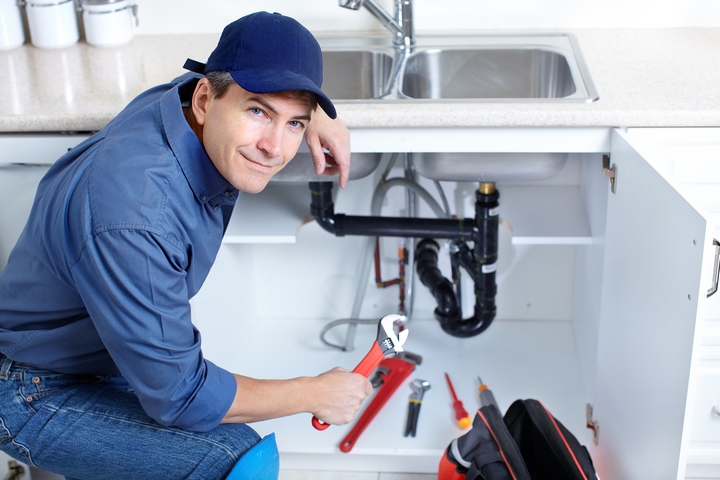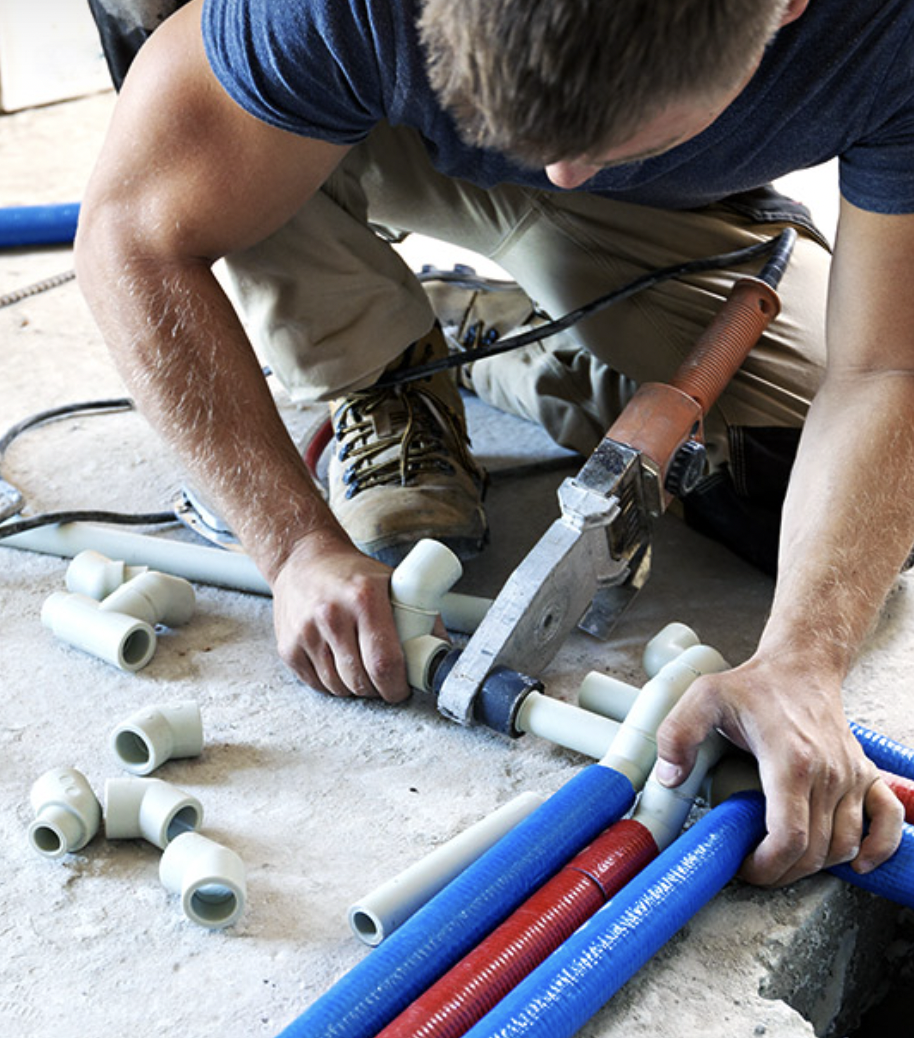Rising Patterns and Breakthroughs in Plumbing: What's Ahead
Rising Patterns and Breakthroughs in Plumbing: What's Ahead
Blog Article
How do you feel about The Future Of Plumbing: Trends And Technologies To Watch?

Introduction
The pipes market is going through a transformative phase driven by technical developments and expanding worries for sustainability and efficiency. This post explores arising fads and advancements forming the future of pipes.
Governing Landscape
Regulatory structures play a crucial function in shaping the adoption of pipes technologies, with criteria and codes controling every little thing from water performance to item safety and security. As technologies continue to progress, regulative bodies need to adapt to ensure consumer security and environmental stewardship.
Future Overview
The future of pipes is characterized by continued technology and integration with other industries such as IoT, renewable energy, and building automation. By accepting sustainable techniques, leveraging emerging innovations, and prioritizing user-centric layout, the plumbing industry is positioned to deal with the progressing needs of culture while minimizing its environmental footprint.
Enhanced Truth in Pipes
Increased Reality (AR) technology is changing plumbing by supplying professionals with real-time visual guidance for fixing and repair service jobs. AR-enabled wise glasses or mobile applications overlay digital info onto the physical setting, helping plumbings envision pipeline formats, recognize hidden leaks, and execute repair work with precision.
Effect of 3D Printing
The development of 3D printing has actually presented brand-new possibilities in producing pipes parts. From custom-made components to elaborate pipe installations, 3D printing allows for rapid prototyping and on-demand manufacturing, lowering preparations and enabling greater personalization in plumbing design.
Health and Safety Qualities
In action to heightened concerns for health and safety, plumbing components are incorporating attributes such as antimicrobial surface areas, touchless operation, and self-cleaning devices. These developments not just enhance health however additionally advertise user convenience and benefit.
Hygiene-focused Components
Touchless faucets, self-sanitizing toilets, and antimicrobial surface areas are becoming significantly common in residential and industrial settings, lessening the risk of bacterium transmission and promoting a cleaner, much healthier environment.
Water Top Quality Monitoring
Improvements in water quality tracking technologies allow house owners to monitor the purity and safety and security of their supply of water in real-time. Smart water top quality sensors can discover impurities, pH levels, and temperature variants, empowering customers to take proactive procedures to guarantee water security.
Remote Plumbing Solutions
Remote diagnostics and virtual assistance are transforming the way pipes solutions are delivered. Through video conferencing and remote gain access to innovations, plumbing technicians can fix problems, offer guidance for DIY repair work, and also carry out remote examinations, using better availability and ease to property owners.
Challenges and Opportunities
While plumbing technologies hold tremendous promise, they likewise existing obstacles such as information personal privacy problems, governing conformity, and the demand for workforce training. Dealing with these challenges requires collaboration in between sector stakeholders and governing bodies to make certain risk-free and liable execution of brand-new innovations.
Smart Plumbing Systems
Incorporating clever modern technology into plumbing systems allows remote monitoring, leakage discovery, and automated maintenance. Smart sensors and IoT (Net of Things) devices permit homeowners and plumbers to check water use and discover issues in real-time, leading to a lot more effective source administration and positive maintenance.
Water Performance Solutions
With enhancing focus on water preservation, innovative remedies are being established to minimize water wastefulness in pipes systems. High-efficiency fixtures, greywater recycling systems, and clever watering controllers are among the innovations aiding consumers lower their water footprint while preserving convenience and convenience.
Lasting Products
The shift in the direction of sustainability extends to pipes products, with a growing choice for environment-friendly alternatives. Naturally degradable piping products, such as PEX (cross-linked polyethylene) and HDPE (high-density polyethylene), offer toughness and resistance to corrosion without jeopardizing ecological honesty.
Predictive Upkeep
Anticipating maintenance techniques leverage data analytics and artificial intelligence algorithms to prepare for and protect against pipes issues before they occur. By examining historic information and performance metrics, anticipating maintenance formulas can recognize patterns and abnormalities, allowing aggressive treatments to avoid pricey fixings and disturbances.
Final thought
In conclusion, the future of plumbing is specified by a merging of innovation, sustainability, and user-centric design. By embracing wise options, lasting products, and positive maintenance methods, the pipes market can improve effectiveness, advertise security, and add to a much more lasting future.
Plumbing Industry Trends You Need To Know
Smart technology in plumbing
Homeowners want to be able to manage their homes from their phones. The technology exists to make that happen. From smart toilets to leak detector devices, the whole plumbing system can be managed on an interconnected network made up of sensors, IoT devices, and machine learning algorithms.
This allows for wireless control to turn appliances on and off, automate routines, and access advanced monitoring to track water usage and flag potential issues. Smart technology streamlines water consumption, maintenance and energy usage, creating a more efficient system.
Green plumbing
The data analysis possible with smart technology not only improves convenience and cost-effectiveness but also fulfills a high-priority customer desire – sustainability. Consumers are very aware of their impact on the planet and want plumbing solutions to reduce damage and support sustainability. Eco-friendly plumbing solutions are already starting to emerge.
Customers can opt for low-flow toilets, water-saving faucets, and connections to sustainable energy sources. Beyond monitoring water consumption, customers can conserve water through the installation of greywater systems. This is a system that collects water that has been used but is still clean enough for some household uses such as toilet flushing.
Shorter product pipeline
To keep up with modern plumbing, plumbers need modern tools that enable them to complete jobs more efficiently. One technology making strides in this area is 3D printing. By 3D printing key plumbing fixtures, plumbers can reduce wait times even for specialized fixtures. It minimizes delays often seen in traditional manufacturing that frustrate customers and prevent plumbers from taking on more work.
Off-site repairs
Augmented reality is making a splash in many industries including plumbing. Plumbers can map a building online so they can explore the plumbing system through augmented reality, identifying areas of maintenance and repair completely digitally. This technology can be applied quite widely in plumbers’ work including planning installations and training new recruits. It’s safer, smarter and more efficient.
Low-footprint materials
Another way for plumbing companies to reduce their environmental footprint and meet the customer demand for sustainability is by using recycled materials in their work. The products they source and manufacture such as pipes, fixtures and faucets can be made from recycled materials. This saves the planet while being just as effective.
Onsite water purification
Additionally, plumbing companies can be advocates of water conservation and ease the financial and environmental concerns of customers by offering water purification systems. New water purification technology such as reverse osmosis systems and UV systems make it possible for homeowners and business owners to thoroughly cleanse water, removing contaminants onsite. This means the water can be safely reused in more ways than greywater can be, establishing a water recycling loop.
Tankless water heaters
Another innovation of modern plumbing is tankless water heaters. The idea is that the water is heated on demand as it runs through the system instead of being heated in a water tank. This is more energy efficient and therefore cost-effective and eco-friendly because water isn’t heated needlessly.

As a keen reader on The Future Of Plumbing: Trends And Technologies To Watch, I imagined sharing that article was beneficial. Sharing is caring. You just don't know, you may be doing someone a favor. Many thanks for being here. Return soon.
Book Report this page